Pruning Young Trees - Now with pictures
whaas_5a
14 years ago
Related Stories

WINTER GARDENINGPruning Secrets for Exquisite Roses
Encourage gorgeous blooms year after year with this time-tested advice on how to prune your rosebush in winter for health and shape
Full Story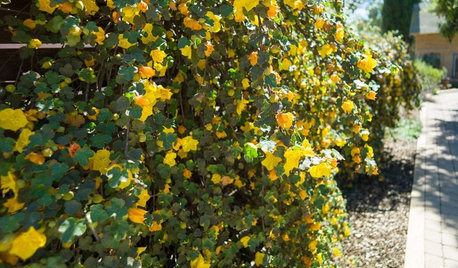
GARDENING GUIDESTidy Up Sprawling Native Shrubs With These Pruning Tips
Sound horticultural pruning methods work for native and nonnative plants alike
Full Story
FUN HOUZZ14 Things You Need to Start Doing Now for Your Spouse’s Sake
You have no idea how annoying your habits at home can be. We’re here to tell you
Full Story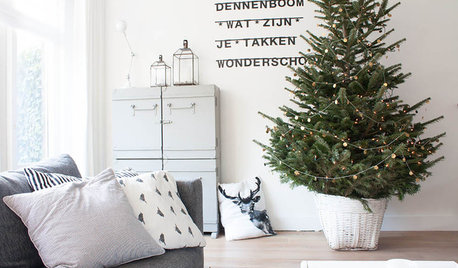
HOLIDAYSHouzz Call: Show Us Your Christmas Tree!
How lovely are your branches? Post a picture and share your stories
Full Story
TREESHow to Buy Healthy Trees and Shrubs
A healthy young plant with a strong form is more likely to do well in your yard. Here’s what to look for at the nursery
Full Story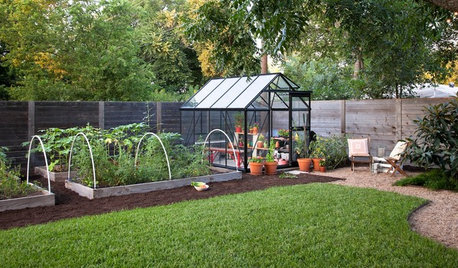
EDIBLE GARDENSA Formerly Weedy Lot Now Brims With Edibles and Honeybees
Photographers transform their barren backyard into an oasis filled with fruit, vegetables, honey, eggs and more
Full Story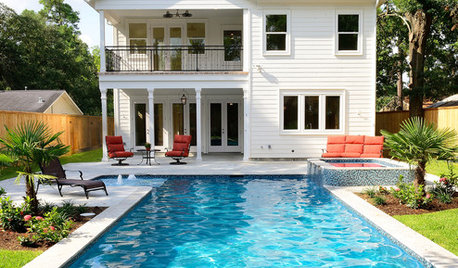
POOLSTrending Now: 20 Pools We Want to Dive Into
These dreamy backyard swimming spots are favorites with the Houzz community
Full Story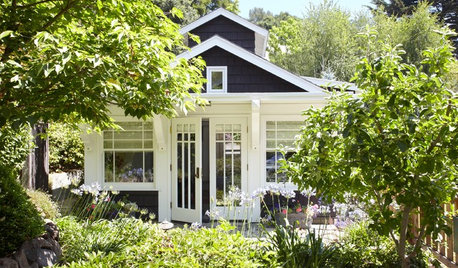
BACKYARD STUDIOS12 Garden Sheds and Cottages We Love Now
Get inspiration from these inviting backyard spaces that house offices, guest quarters, garden storage and more
Full Story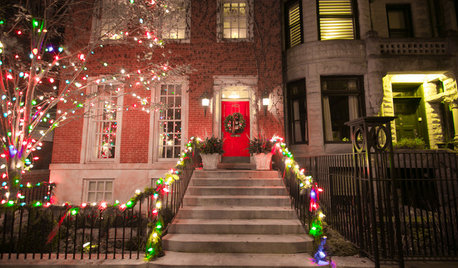
ARCHITECTUREHouzz TV: Christmas in Chicago Will Make You Want to Move There Now
See Millennium Park, historic brownstones and other architectural landmarks lit up for the holiday season
Full Story
SAVING WATER6 Reasons Why You Should Save Your Rainwater Now
Collect and store during the rainy season so you’ll have water ready for irrigation when you need it
Full Story







ken_adrian Adrian MI cold Z5
brandon7 TN_zone7
Related Professionals
Glen Ellyn Landscape Architects & Landscape Designers · Lake Oswego Landscape Architects & Landscape Designers · Seabrook Landscape Architects & Landscape Designers · Willowick Landscape Architects & Landscape Designers · McKinney Landscape Contractors · Wake Forest Landscape Contractors · Fuquay-Varina Landscape Contractors · West Covina Landscape Contractors · White Bear Lake Landscape Contractors · Bensenville Landscape Contractors · Amesbury Siding & Exteriors · Orange County Siding & Exteriors · Orange County Siding & Exteriors · Canton Decks, Patios & Outdoor Enclosures · Salisbury Decks, Patios & Outdoor Enclosureswhaas_5aOriginal Author
brandon7 TN_zone7
whaas_5aOriginal Author
brandon7 TN_zone7
ken_adrian Adrian MI cold Z5
brandon7 TN_zone7
Dan _Staley (5b Sunset 2B AHS 7)
whaas_5aOriginal Author
brandon7 TN_zone7
whaas_5aOriginal Author
tsugajunkie z5 SE WI ♱
whaas_5aOriginal Author
Carrie B
Carrie B
whaas_5aOriginal Author
gardengal48 (PNW Z8/9)
Dan _Staley (5b Sunset 2B AHS 7)
whaas_5aOriginal Author
whaas_5aOriginal Author
Dan _Staley (5b Sunset 2B AHS 7)
whaas_5aOriginal Author
ken_adrian Adrian MI cold Z5
Carrie B
whaas_5aOriginal Author
Dan _Staley (5b Sunset 2B AHS 7)
gardengal48 (PNW Z8/9)
whaas_5aOriginal Author
brian_zn_5_ks
ken_adrian Adrian MI cold Z5
whaas_5aOriginal Author
gardengal48 (PNW Z8/9)
brandon7 TN_zone7